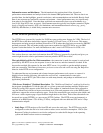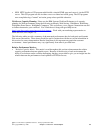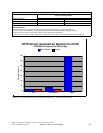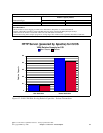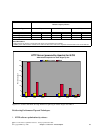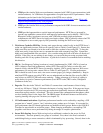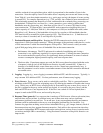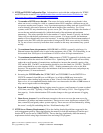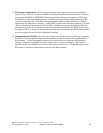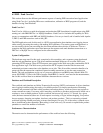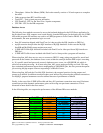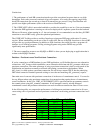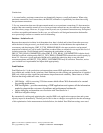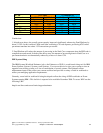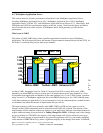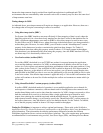13. File System Considerations: Web serving performance varies significantly based on which file
system is used. Each file system has different overheads and performance characteristics. Note that
serving from the ROOT or QOPENSYS directories provide the best system capacity. If Web page
development is done from another directory, consider copying the data to a higher-performing file
system for production use. The Web serving performance of the non-thread-safe file systems is
significantly less than the root directory. Using QDLS or QSYS may decrease capacity by 2-5 times.
Also, be sensitive to the number of sub-directories. Additional overhead is introduced with each
sub-directory you add due to the authorization checking that is performed. The HTTP Server serves
the pages in ASCII, so make sure that the files have the correct format, else the HTTP Server needs to
convert the pages which will result in additional overhead.
14. Communications/LAN IOPs: Since there are a dozen or more line flows per transaction (assuming
KeepAlive is off), the Web serving environment utilizes the IOP more than other communications
environments. Use the Performance Monitor or Collection Services to measure IOP utilization.
Attempt to keep the average IOP utilization at 60% or less for best performance. IOP capacity
depends on page size, the MTU size, the use of KeepAlive directive, etc. For the best projection of
IOP capacity, consider a measurement and observe the IOP utilization.
IBM i 6.1 Performance Capabilities Reference - January/April/October 2008
© Copyright IBM Corp. 2008 Chapter 6 - Web Server and WebSphere 87



